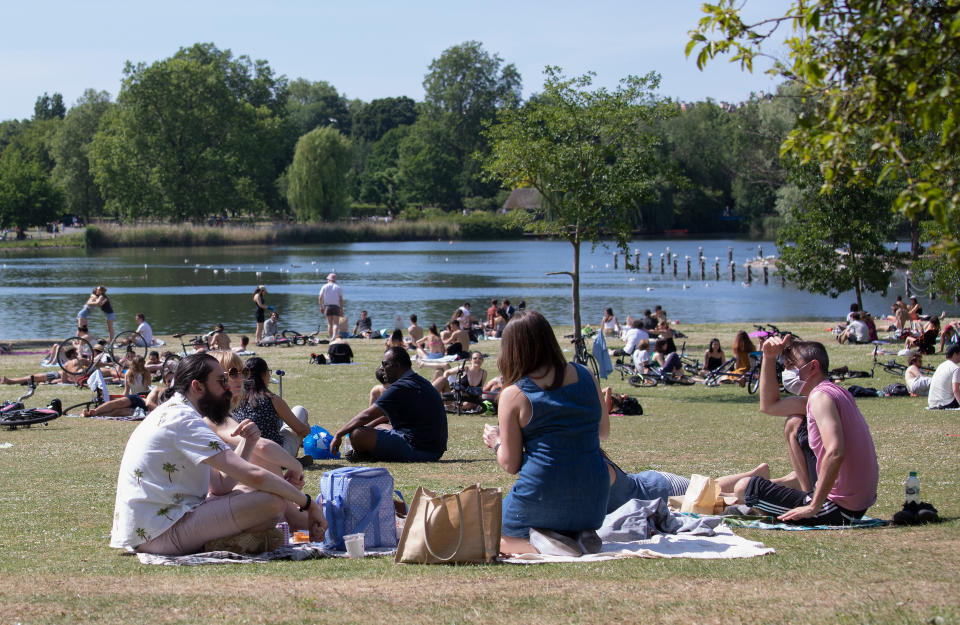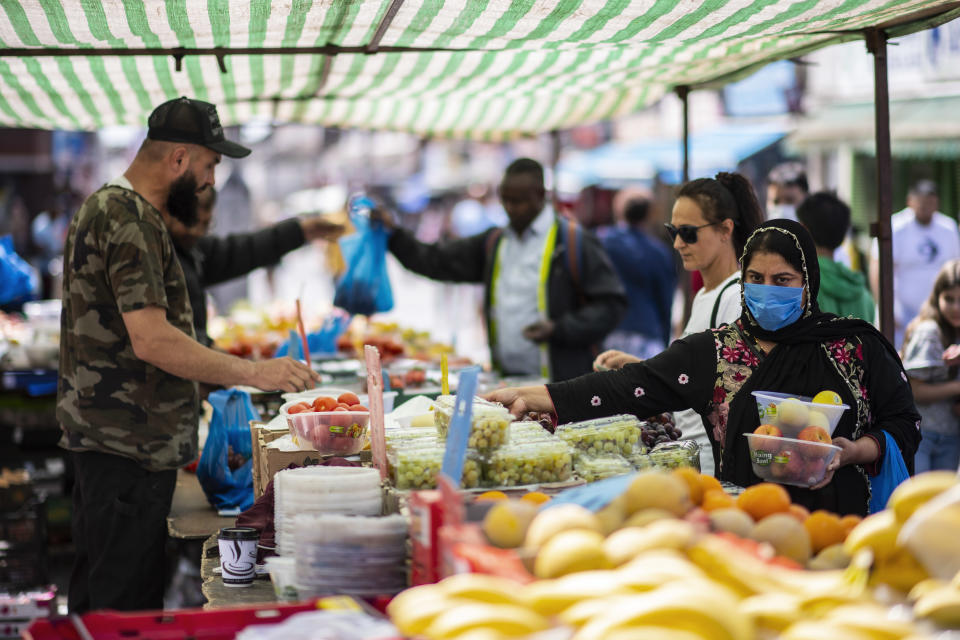Coronavirus: How many of the five tests for easing lockdown has the UK met?

The government has set out five tests the UK needs to meet before it can ease lockdown restrictions further.
These are: knowing the NHS can cope, a sustained fall in daily death rate, a drop in the infection rate to manageable levels, adequate testing capacity and protective equipment supply, and the confidence that a second wave of infections won’t hit.
England is set to reopen schools for reception, year 1 and year 6 pupils from 1 June.
Open-air markets and car showrooms will also open up again from this date and all non-essential shops can trade from 15 June if they follow social distancing.
But how many of the five tests has the UK actually passed?

1. Ensuring the NHS can provide critical care across the UK
Foreign secretary Dominic Raab previously said: “We must protect the NHS’s ability to cope. We must be confident that we are able to provide sufficient critical care and specialist treatment right across the UK.”
The NHS has not been overwhelmed with coronavirus patients during the crisis.
The lockdown was so successful in preventing this from happening that several temporary Nightingale hospitals built to cope with the pandemic were put on standby.
2. A sustained and consistent fall in daily deaths
Raab said: “We need to see a sustained and consistent fall in the daily death rates from coronavirus so we are confident that we’ve moved beyond the peak.”
Death rates have continued to fall consistently since the peak.
On Monday, the hospital death rate fell to its lowest since restrictions were put in place, with only 77 people losing their lives to the virus.
3. A decrease in the rate of infection to manageable levels
Raab said: “We need to have reliable data from Sage [the Scientific Advisory Group for Emergencies] showing the rate of infection is decreasing to manageable levels across the board.”
The current rate of infection is between 0.7 and 1.0 and has remained at this level over the past two weeks.
The government said if the number was below 1.0 then restrictions could be eased.
If it creeps above 1.0 then the number of people contracting COVID-19 will grow and restrictions will need to be reintroduced.
4. Ensuring testing and PPE can meet future demand
Raab said: “We need to be confident that the range of operational challenges, including testing capacity and PPE [personal protective equipment, used by healthcare and care workers] are in hand, with supply able to meet future demand.”
The government has been criticised on numerous occasions during the coronavirus crisis over its testing programme and supply of PPE.
It has now sufficiently increased testing capacity and hopes to carry out 200,000 tests a day by the end of May.
The new track and trace system is also set to launch on Thursday and will identify anyone at risk of spreading COVID-19.
The government has also agreed deals with more than 100 new suppliers in the UK to provide 2bn pieces of PPE.
The government has faced heavy criticism from health workers who said they were not always provided with the right equipment and did not feel safe.
Health secretary Matt Hancock acknowledged problems with distribution and sourcing sufficient supplies in a competitive international market.
5. Being confident adjustments will not risk a second peak of infections
“This is really crucial,” Raab said.
“We must be confident any adjustments from the current measures will not risk a second peak of infections that would overwhelm the NHS.”
On Sunday, Boris Johnson said he was confident enough to go ahead with easing the next series of restrictions on 1 June.
Coronavirus: what happened today?
Click here to sign up to the latest news, advice and information with our daily Catch-up newsletter
Read more about COVID-19
How to get a coronavirus test if you have symptoms
What you can and can’t do under lockdown rules
In pictures: How UK school classrooms could look in new normal
How public transport could look after lockdown
How our public spaces will change in the future
Help and advice
Read the full list of official FAQs here
10 tips from the NHS to help deal with anxiety
What to do if you think you have symptoms
How to get help if you've been furloughed


